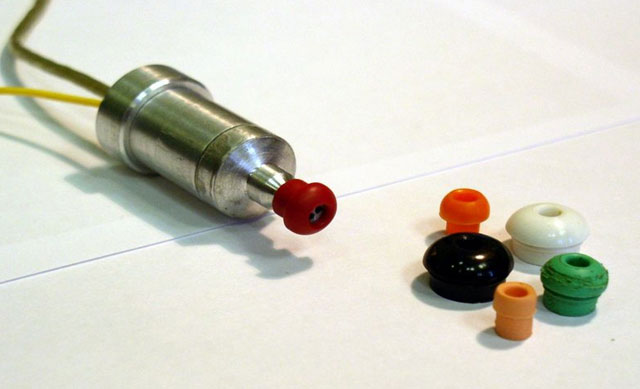Portable multifunctional objective auditory screening system based on DSP and modern "network-on-chip" technology
Based on advanced DSP and "Network-on-Chip" (NoC) technology the measuring and computing tracts of portable the multifunctional objective auditory screening system intended to diagnose in the early stages of hearing impairment in children's contingent subjects, including infants, by methods multifrequency tympanometry, acoustic reflexometry and otoacoustic emissions developed. The analysis of approaches and topological solutions to the implementation of multiprocessor computing unit of portable system was performed, methods to increase the throughput of its components while minimizing hardware costs using NoC technology , in particular, methods of aggregating feeds and parametric settings developed. It is shown that the proposed solution to increase the throughput of portable computing unit of the system by 65% -350% while reducing hardware costs by 62% -66%. The choice for use in the development of high-performance processor platform type OMAP35х by Texas Instruments on ARM and DSP computing cores and stereo audio codec on a chip substantiated. The simulation in MATLAB Simulink-synthesized models measuring channel and computing and audiological procedures was performed, that allowed to define the parameters of the components of the design and create software solutions and algorithmic synthesis of digital audio signals in different spectral composition in the range from 226 Hz to 6000 Hz with an intensity level of 30 dB to 85 dB, and the registration of the measuring signals. Developed and experimentally tested on the basis of international standards IEC60645-5, IEC60645-6 methodological and metrological hardware software the portable multifunctional system, which is the basis for further work to improve in Ukraine the system metrological provision of equipment for the objective diagnostics of hearing.

| Attachment | Size |
|---|---|
| 283.07 KB |




